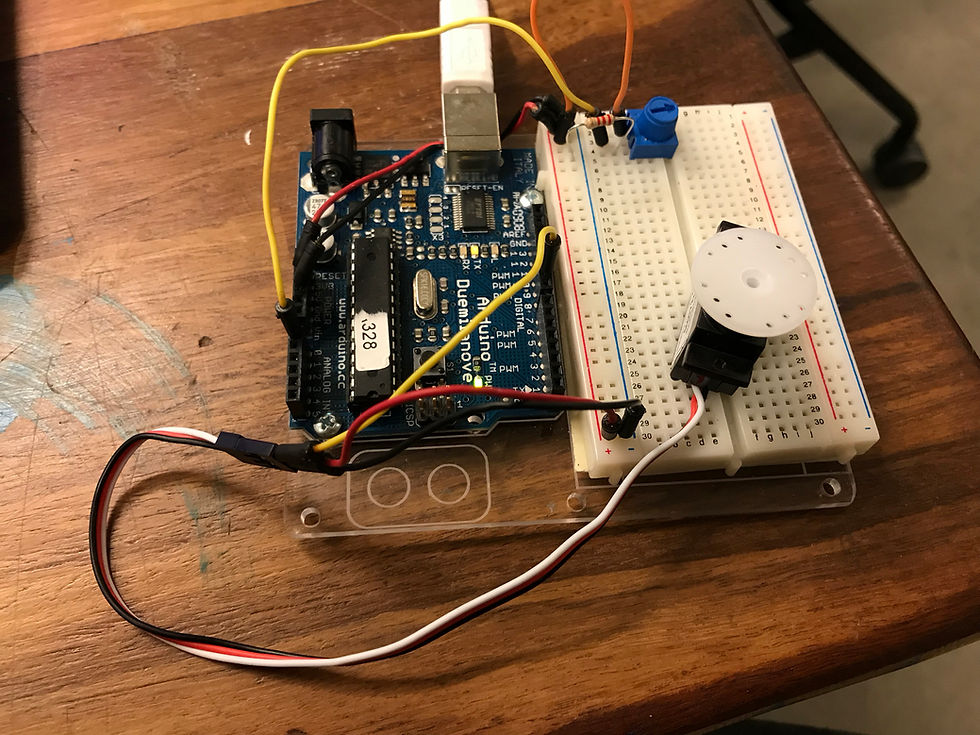Lab 1: Green Eggs and LEDs
- Jack Plantz
- Sep 11, 2018
- 2 min read

Part 1: LEDs in Series and Parallel
Here are my circuit diagrams for two different circuits with two LEDs, one in series and one in parallel. I calculated the resistor values using ohm's law and the data sheet on SparkFun's website for green and red LEDs.

After designing the circuits on paper it was time to test them on the breadboard. Below are photos of my series and parallel circuits.


These circuits worked well and seemed to give the LEDs the correct amount of power without burning them out.
Part 2 & 3: DIY Switch and Creative Enclosure
For my creative enclosure I knew I wanted to have some kind of laser cut acrylic lit up by the LEDs. I had also used a program called Autodesk Slicer in a previous engineering project to convert 3d objects into 2d laser-cuttable files that interlock to make a shape that approximates the original 3d model. I decided to use this with clear acrylic and 3d print a base to hold the battery. I decided to make it an egg shape in part because it was easy to 3d model, and also I thought it would be cool to have a light that rolls around on the table.

These photos show how Slicer works to slice a 3d model and create cross sections.

It can even be used to print out assembly steps!

Now that I had an idea of what my enclosure was going to look like, I designed and tested the LED circuit I would be putting in it. I decided I wanted two green LEDs and two blue LEDs because I thought it would look good with the bright green PLA plastic I have for 3d printing, and some scrap green acrylic I found in the engineering center. I decided to have two series circuits in parallel, combining the two circuits from earlier. This design made it the easiest to make my DIY switch.

After calculating the necessary resistor for the circuit, I tested it on a breadboard. And it worked!

To fit the circuit in the 3d printed base, I took the breadboard out and just made electrical connections by twisting wires together, here is the 100 ohm resistor attached to the positive end of the battery connector.

Also these photos show my plan for the creative switch. The idea is that all the LEDs will stay connected to the laser cut acrylic half, and when its pressed into the base, the LEDs will connect with the battery and resistor, completing the circuit.

Some insulating tape protects helps guard against a short.

And voilà! One LED illuminated egg thing! The switch is not the most reliable, it takes some messing with the connection to get the lights to turn on. Also if you put it in flipped the wrong way, the LEDs will be in the wrong orientation and it will definitely not light up.

But I still think it looks cool!






Comments